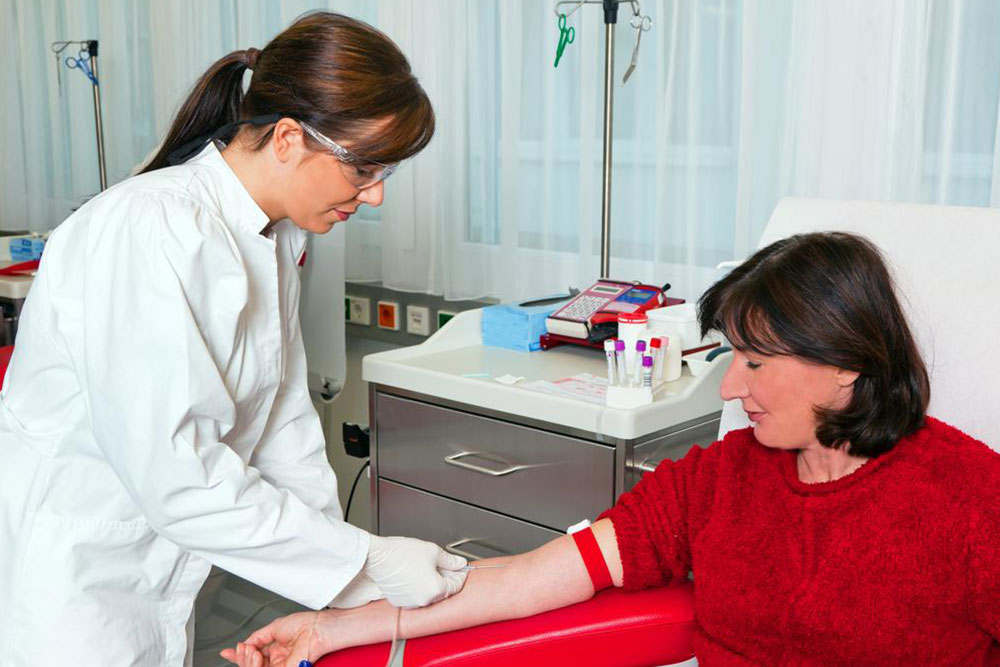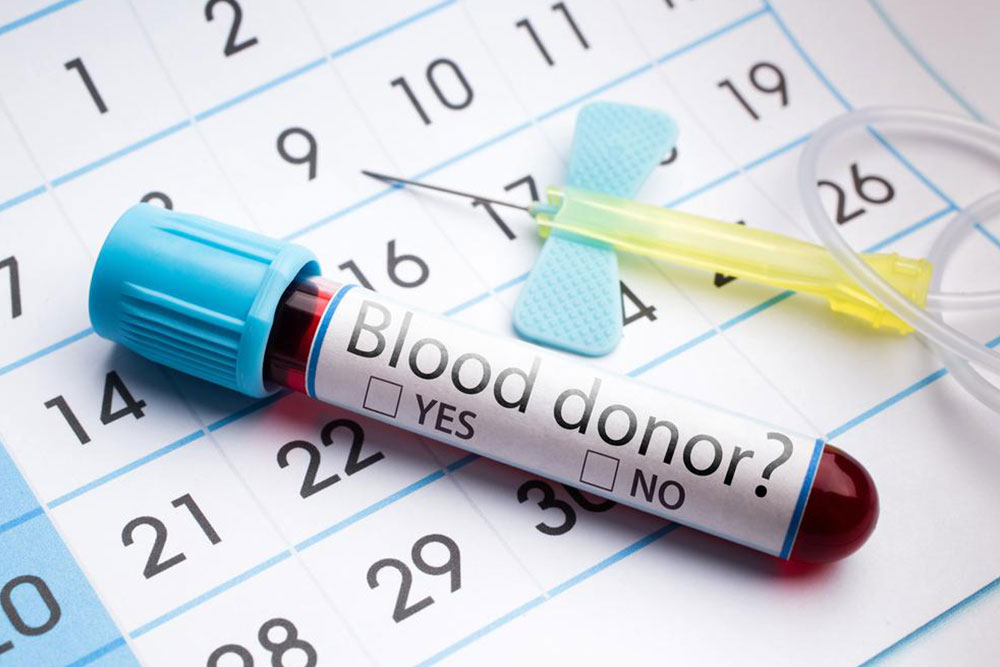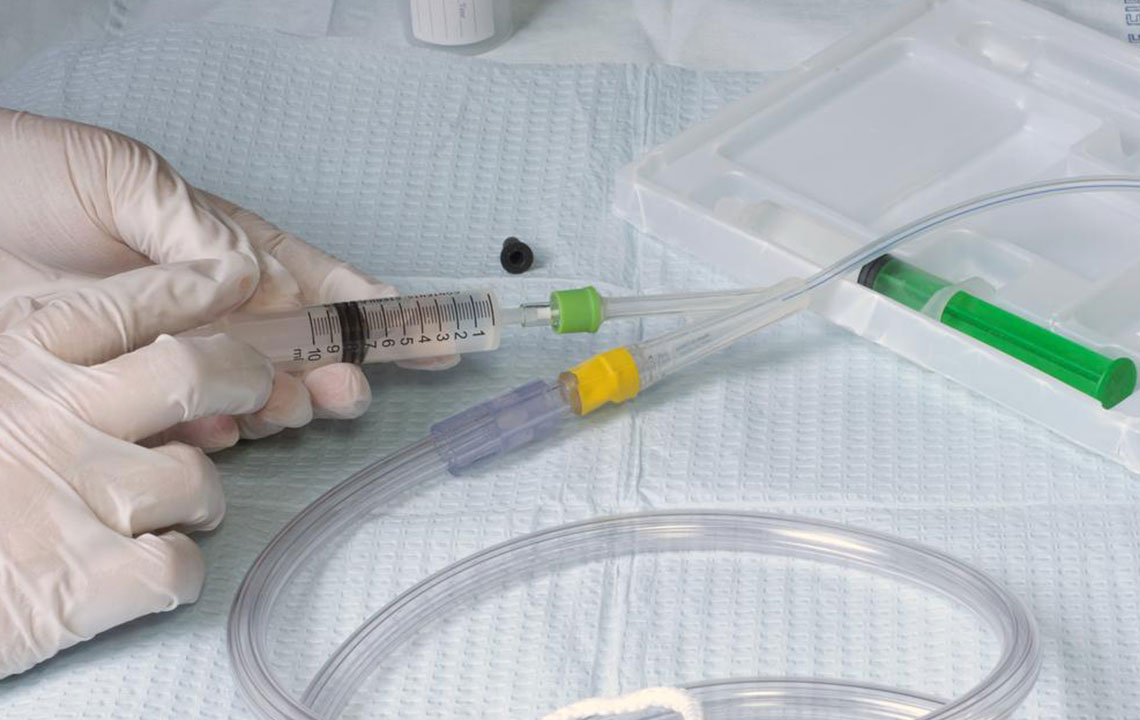Comprehensive Guide to Cord Blood Banking: Securing Future Medical Advances
Learn about the leading cord blood banking services and why this practice is a crucial step in safeguarding your child's future health. Discover the top providers, advantages, and key insights into stem cell preservation for medical treatment and regenerative therapies.

Leading Providers in Cord Blood Banking and Its Importance
Cord blood, often referred to as perinatal blood, is a rich source of hematopoietic stem cells that have the potential to revolutionize treatment options for various medical conditions. These specialized stem cells can be used in regenerative medicine to treat a wide spectrum of diseases including certain types of cancers, blood disorders, and immune deficiencies. The significance of cord blood banking lies in preserving these potent cells for future therapeutic use, either for the newborn or for other family members in need of a compatible transplant.
Many hospitals, blood banks, and private companies in the United States dedicate resources to storing cord blood, making it accessible for both family-specific and public health purposes. This dual approach ensures that stem cell therapies are available to those in emergencies while also providing options for children and families who want to safeguard their health future through preventive measures.
In the United States alone, more than one million cord blood units are stored across various family banks, highlighting the rising awareness and importance of cord blood banking. The Be The Match Registry, one of the largest databases for stem cell transplants, holds over 225,000 cord blood units donated by families, serving as a vital resource for patients in need. Additionally, international collaborations provide access to over 700,000 units globally, exponentially increasing the availability of stem cell products for treatment worldwide.
Though the practice of cord blood banking is growing rapidly, only about five percent of new parents opt to bank their child's cord blood privately. Most parents lean toward family banking, which offers the advantage of potential future treatments for their own children or other family members. Public banking, on the other hand, is more common among parents who wish to donate excess cord blood to help others in need. Some of the most reputable and credentialed private cord blood banks include Cryo-Cell, Viacord, and the Cord Blood Registry, which have been operational since the early 1990s and are accredited by the American Association of Blood Banks (AABB).
Cryo-Cell, based in Oldsmar, Florida, is known for its pioneering efforts in cord blood preservation and a strong certification record. Viacord, located in Cambridge, Massachusetts, emphasizes innovative storage solutions and family-focused services, while the Cord Blood Registry, situated in San Bruno, California, is renowned for its extensive experience and global reach. Lifebank USA in Cedar Knolls, New Jersey, is another notable AABB-accredited private bank, offering free storage options for both cord blood and placental blood, rich in stem cells capable of differentiating into skeletal tissues like bone, cartilage, and fat. Since stem cells from cord blood primarily develop into blood cell types, their use in transplants and regenerative treatments continues to expand with ongoing research.
For parents seeking information, multiple online resources, including parents.com, bioinformant.com, and the official site of the American Association of Blood Banks (aabb.org), provide detailed listings and comparison tools to help choose the right cord blood banking provider based on accreditation, cost, and services offered. As medical technology advances, storing cord blood becomes an increasingly valuable option, especially given its rich content of potent stem cells that hold promise for treating various illnesses and injuries in the future.





